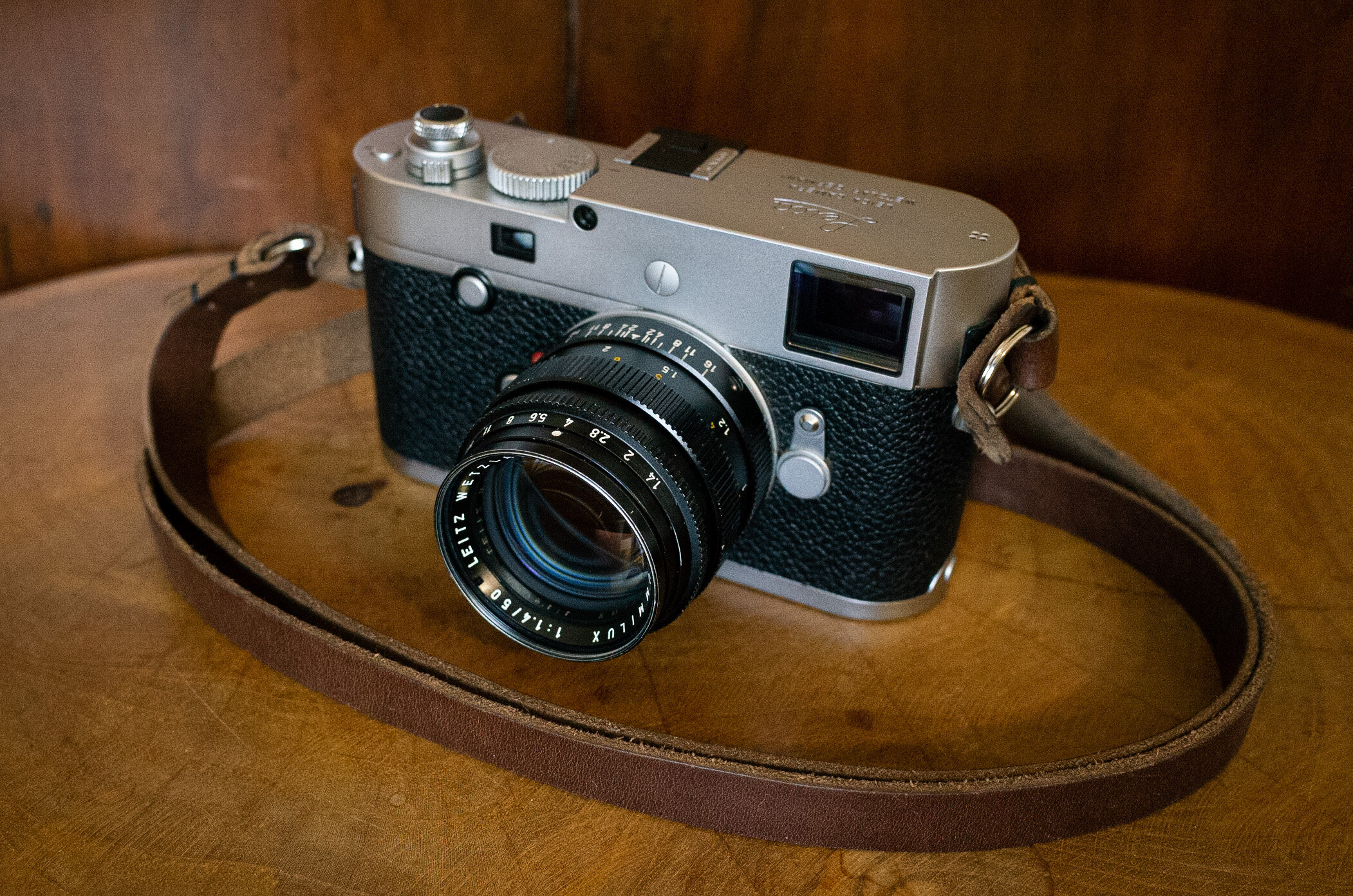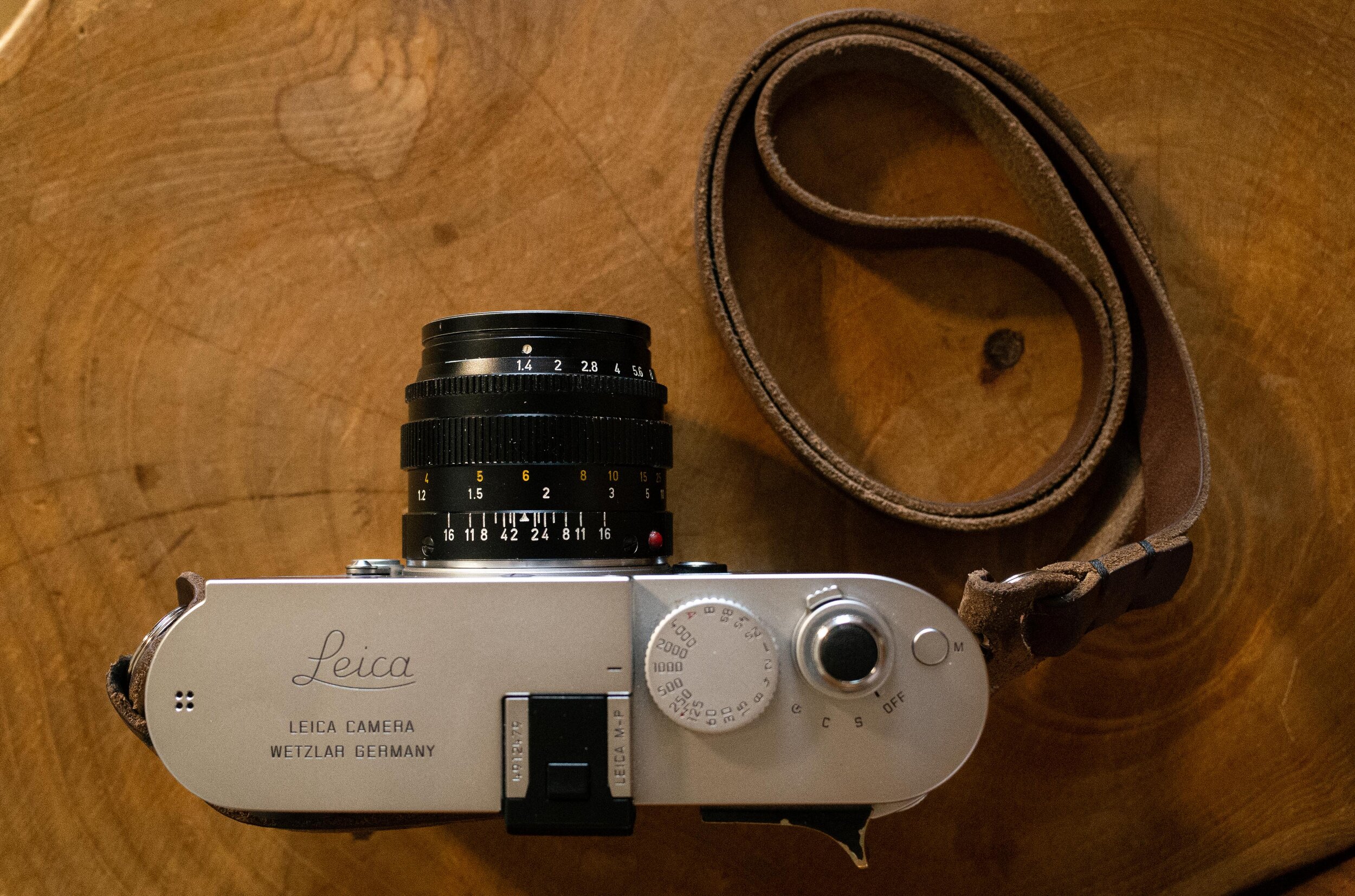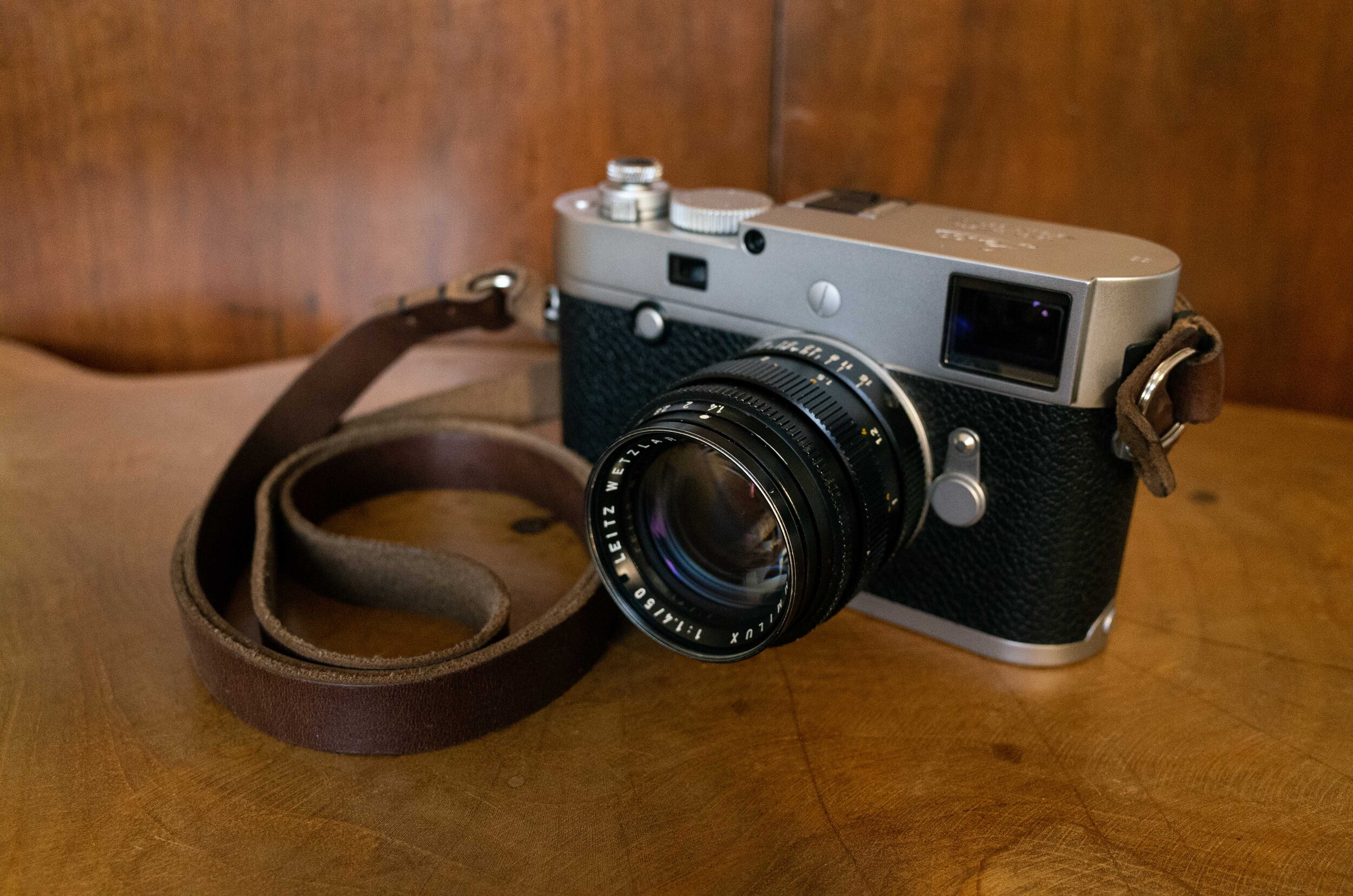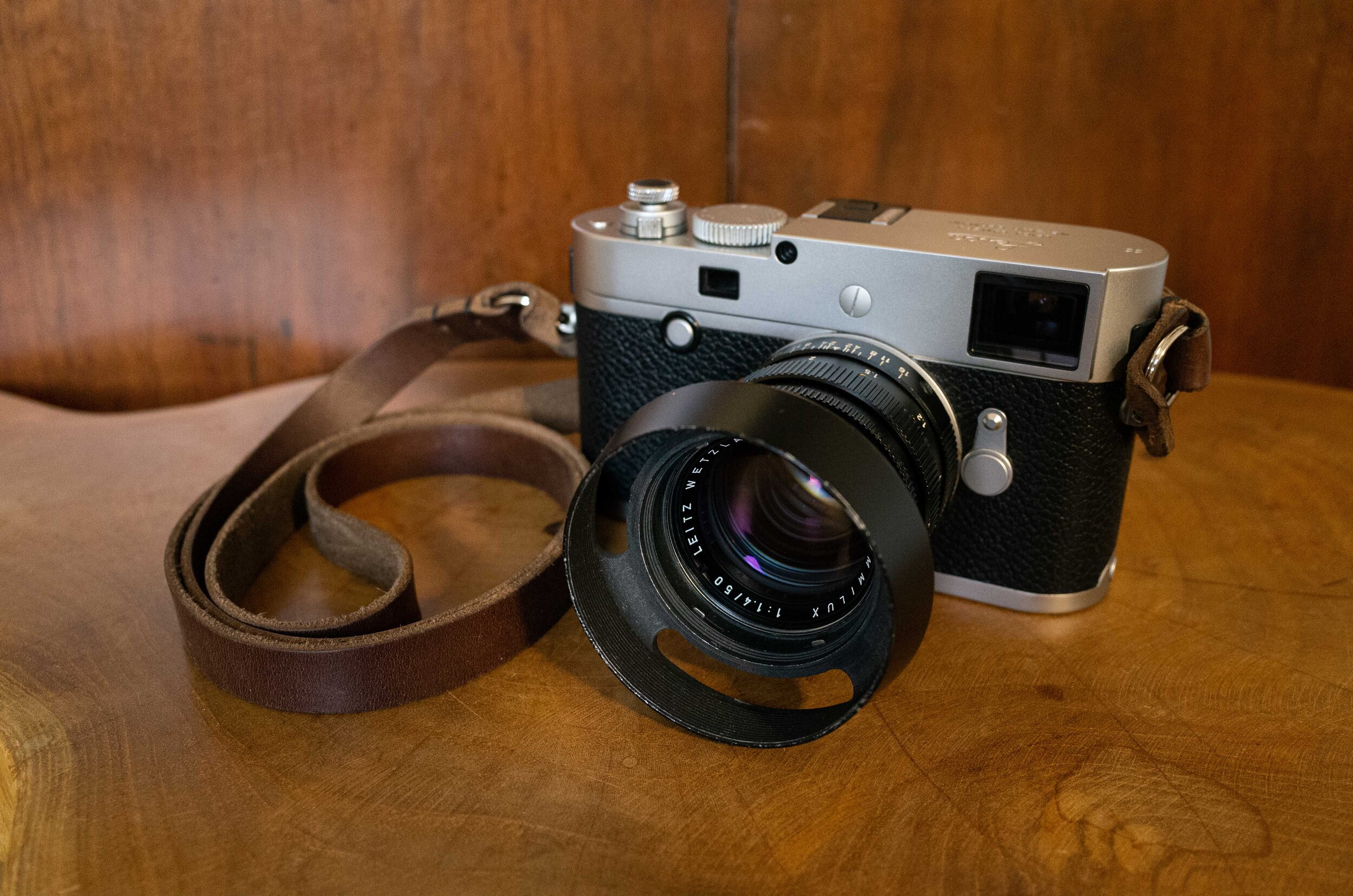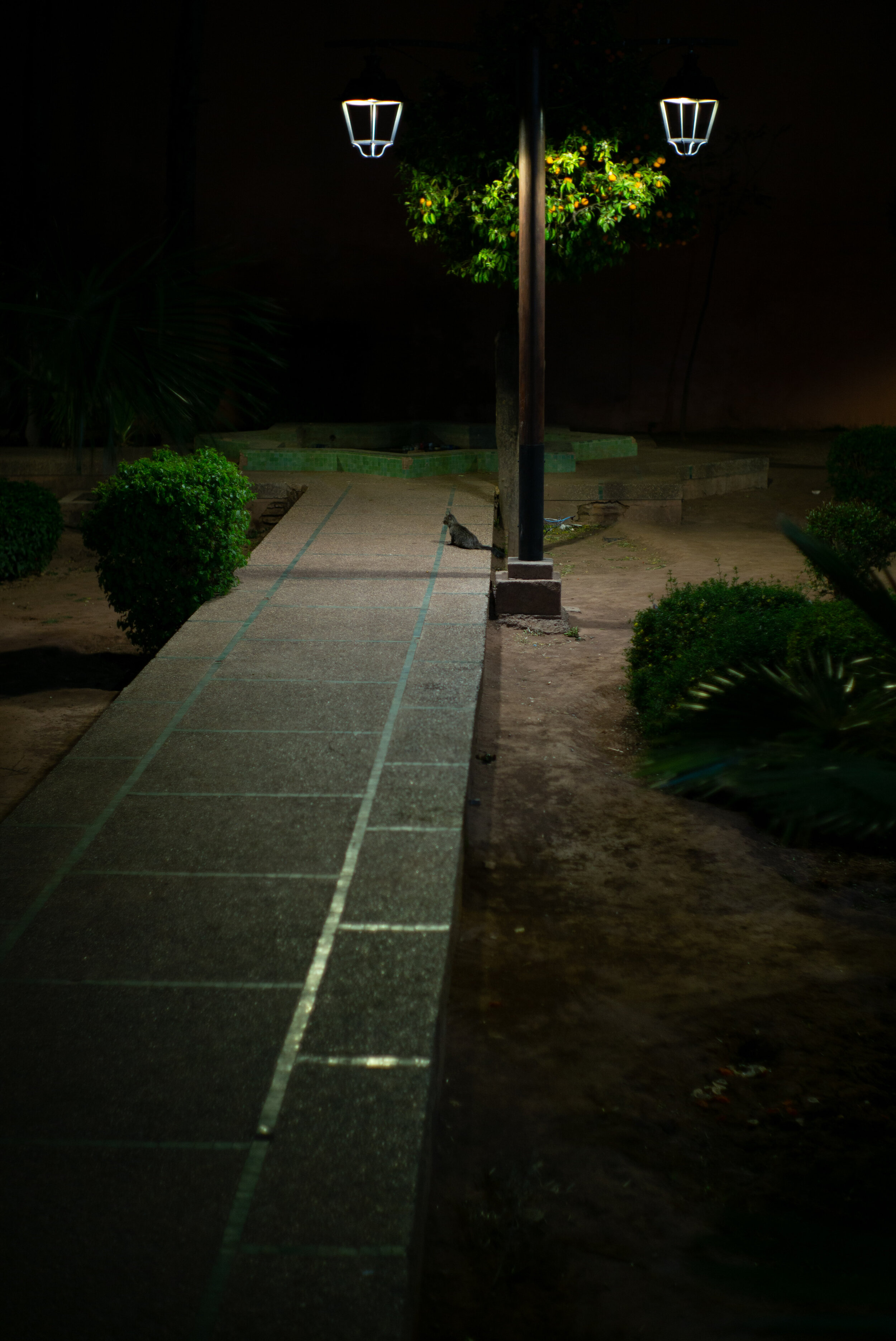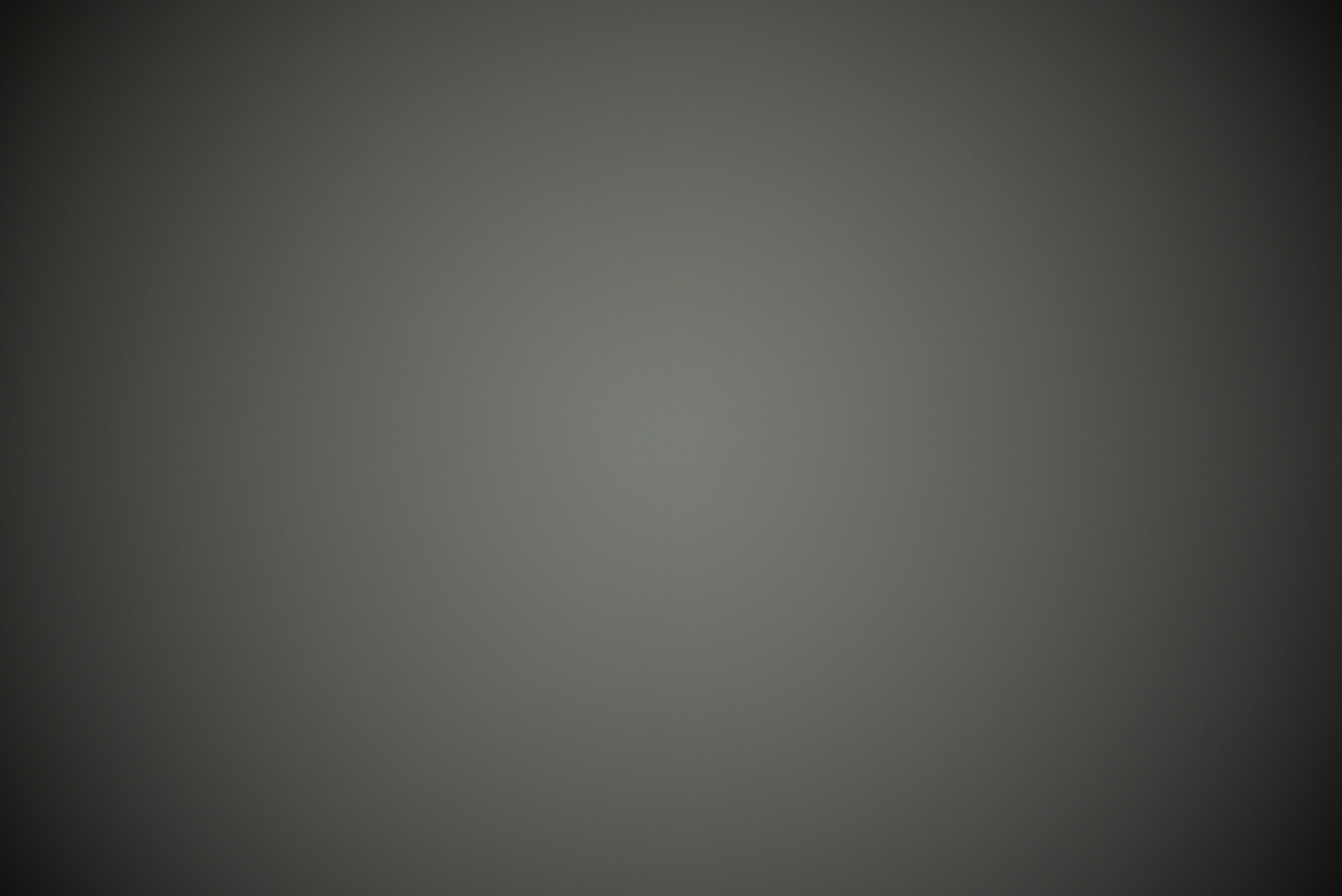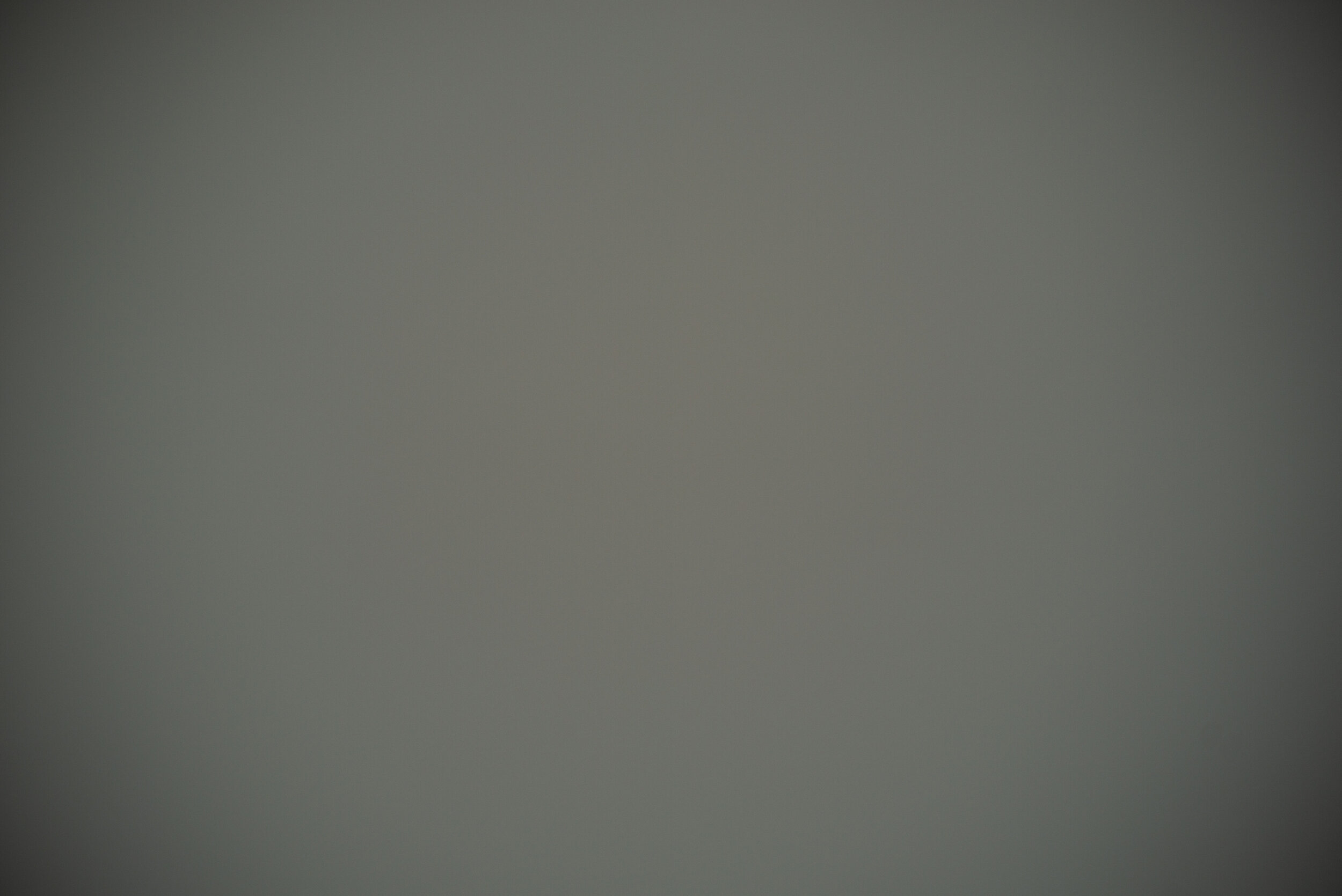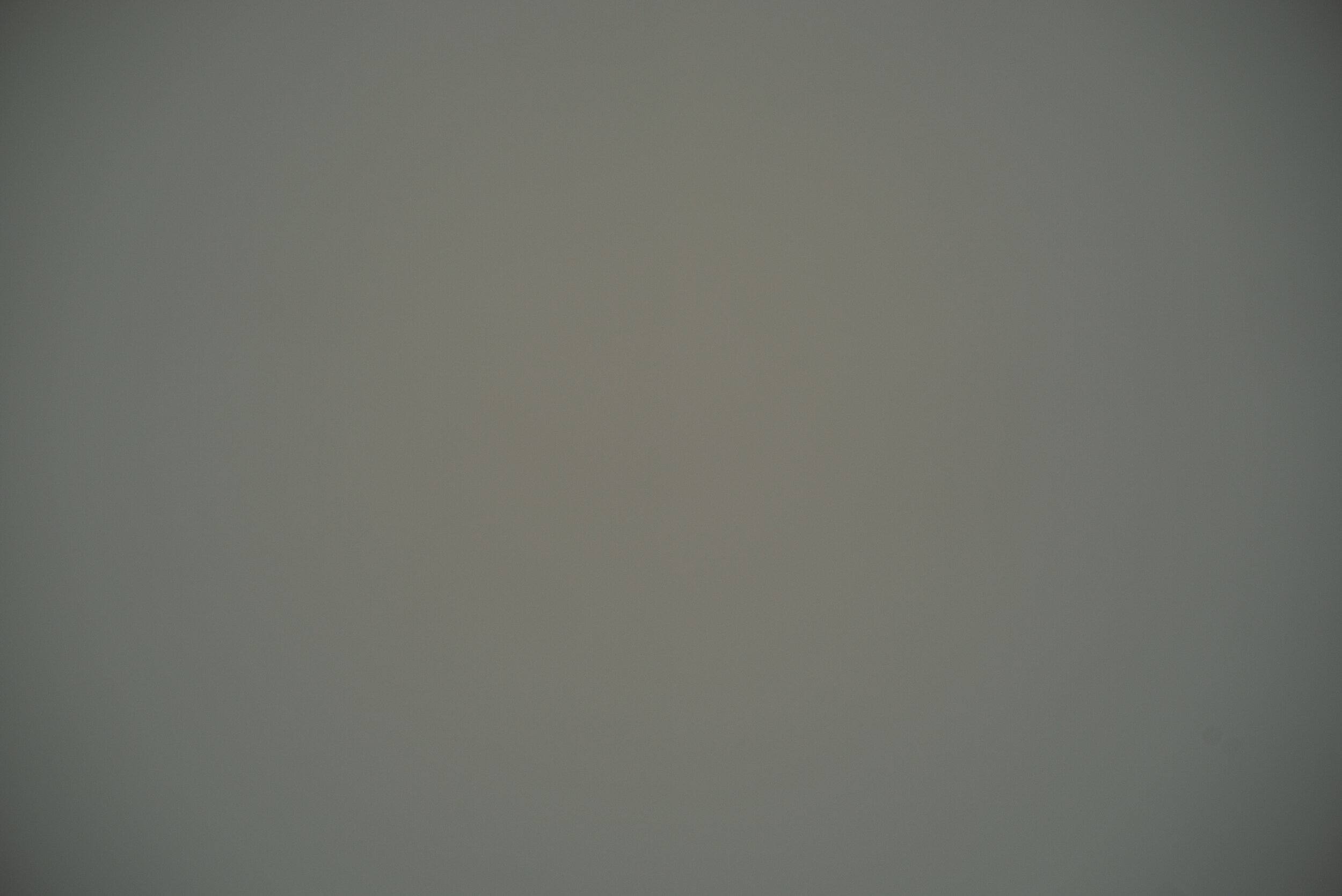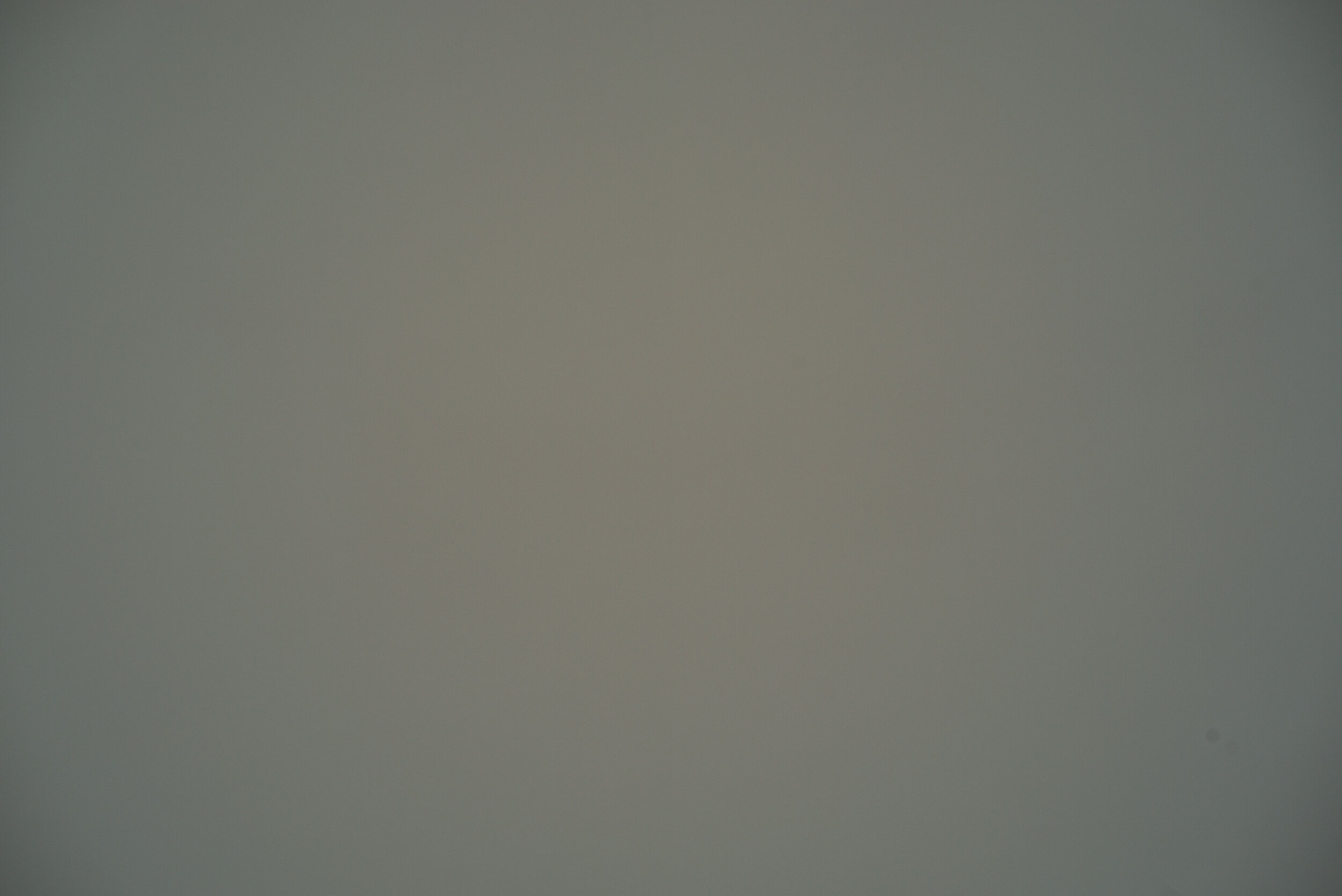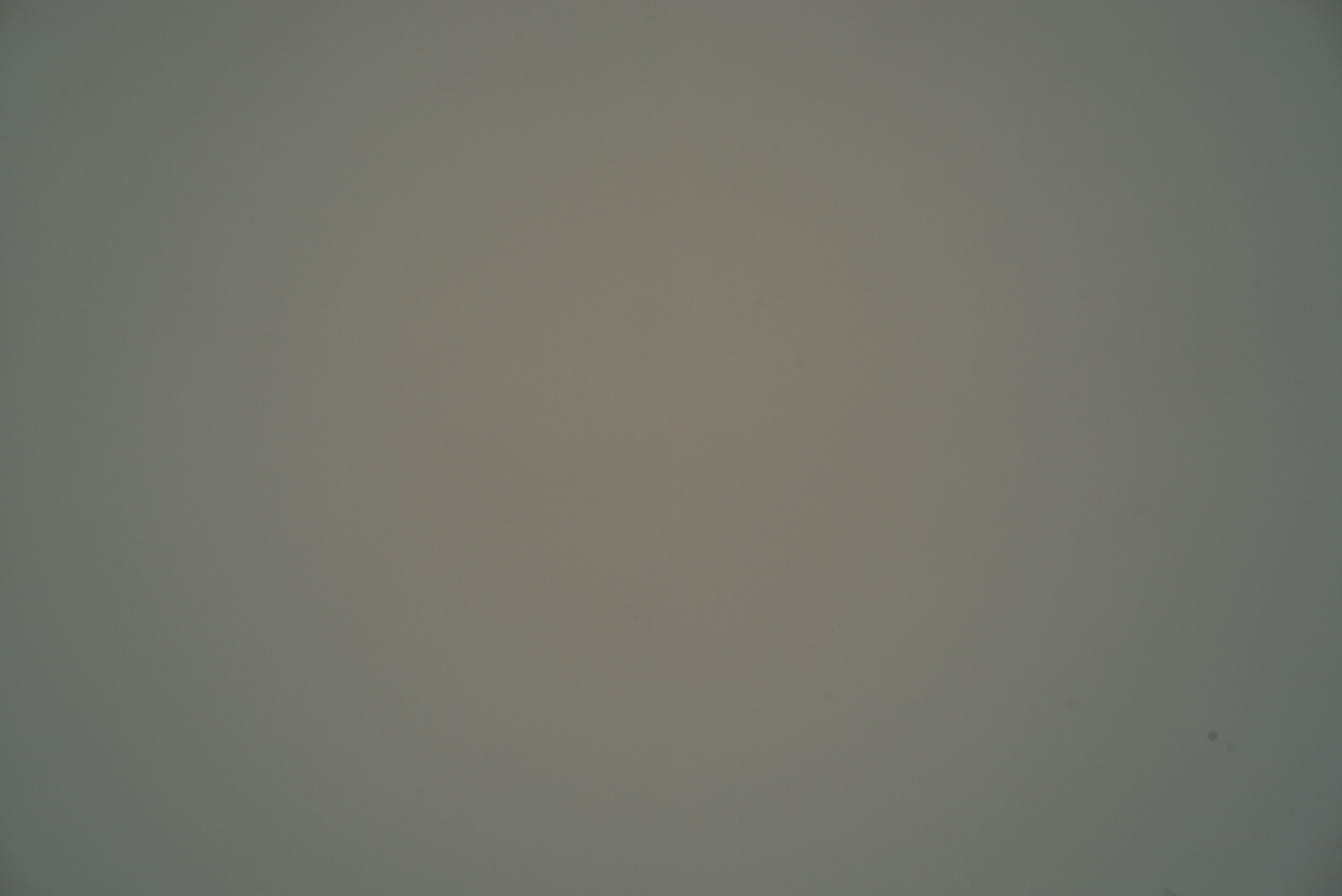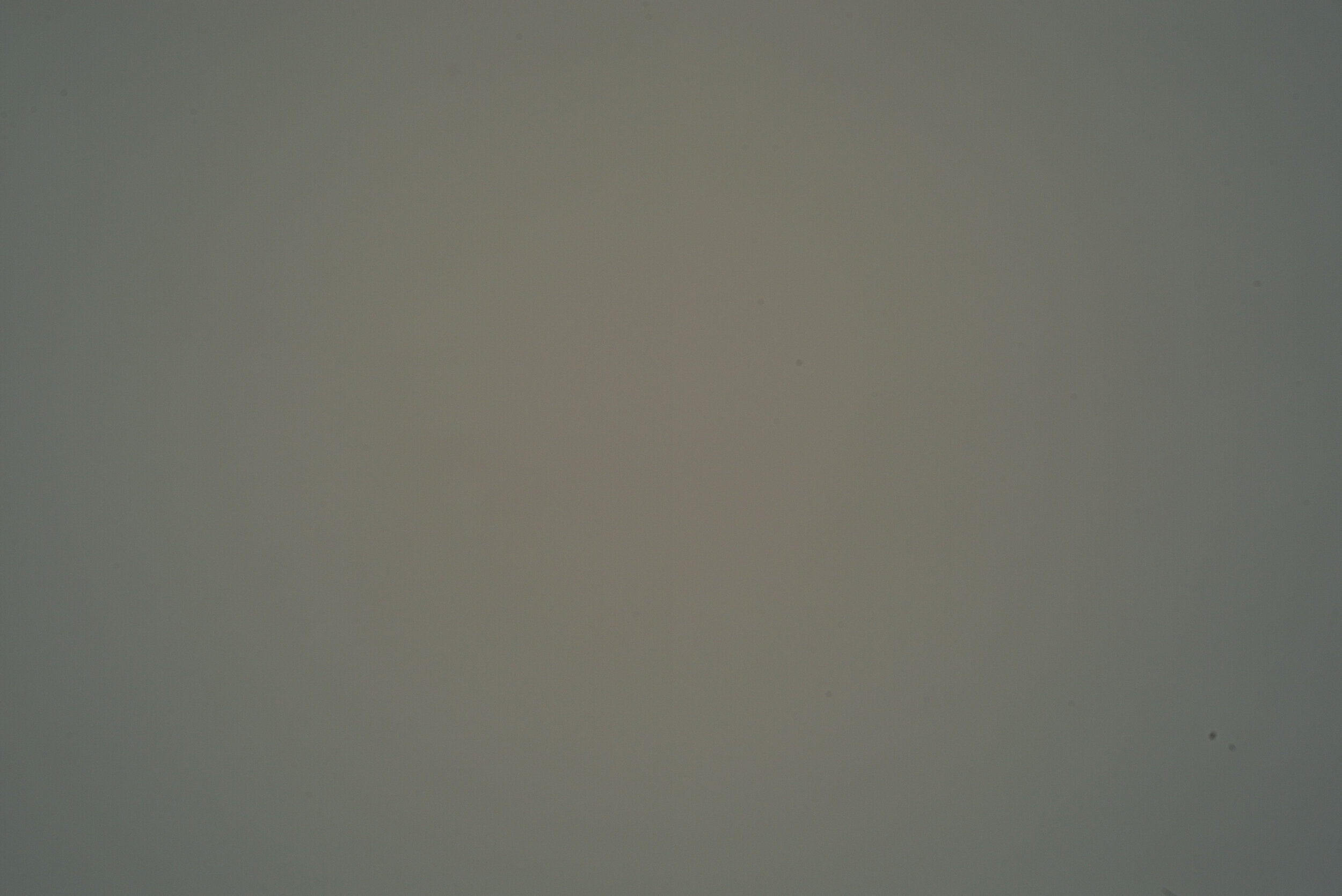Leica Summilux 50mm 1.4 E43 review
The Leica M system was born in 1954 with the Leica M3. It was the first Leica camera with a bayonet mount, and it had a viewfinder with framelines for 50mm, 90mm and 135mm. Its standard lens was a 50mm lens. There were already two M bayonet 50mm lenses available at launch, the Leica Summicron 50mm F2 (the very first version, in collapsible mount, a lens used by Henri Cartier-Bresson) and the Leica Summarit 50mm F1.5 - a slight variation of the Leica Xenon 50mm F1.5 designed by Taylor,Taylor & Hobson in 1936. The 50mm 1.4 lens would be released in 1959 with the very first version of the Leica Summilux 50mm 1.4, the shortest lived Leica lens with just two years on the market.
In 1961 Leica released the new Summilux 50mm 1.4, also known as version 2 or E43 (from the filter size of 43mm, shared with its predecessor). The 1961 optical design was developed by Dr Walter Mandler, the chief designer of most Leica lenses produced in Canada and a demigod worshipped by many Leicaphiles for his divine and perfectly flawed creations (article to come about this form of religion). This optical design has been sold unmodified for 43 years until the release of the Aspherical version of the Summillux 50mm 1.4 in 2004. There are barrel design variations in 1969 (minor, still E43) and in 1992, when version 3 appears with a 46mm filter size and built-in telescopic lens hood. There is debate on the web about a possible change of coatings for the 1992 version, but the optical cell remains the same.
The lens reviewed here is the E43 or version 2 with the 1969 barrel design. I had two copies over time so I can draw from both of them for the testing, and I haven’t noticed any sample variation between them.
The reason why I have had not one but two samples of the E43 Summilux is that for me it has the perfect size to speed and performance ratio. I mean, it’s barely bigger than the modern Leica Summicron 50mm F2, balances perfectly on my Leica M typ 240 and looks beautiful. On top of that it has a beautiful image quality. My experimentation with different optics means that I tend to acquire and then trade lenses, at times more than once (in one case already four times, and I might not be done with that one! It’s a curse...).
Right, enough history. Handling?
The lens is a solid chunk of metal and glass, very dense. It inspires a sensation of durability, and indeed it‘s made to survive most of us. The barrel is made of aluminium, the helicoid is brass. The finely ribbed focusing ring is silky smooth and has quite a long throw, around 180 degrees. Such a long focus throw favours precision rather than speed in focusing. I tend to prefer speed, I never found it very difficult to nail focus precisely even wide open on my rangefinder, but it really doesn’t ruin the experience for me. This really is a matter of personal taste. The aperture ring clicks fairly firmly and is not easily moved accidentally.
One thing that I found irritating at times is the minimum focusing distance: Leica M rangefinders don’t collimate closer than 70cm, and that is not an issue for me. But this lens has a minimum focusing distance of 1m, which is a limit you hit fairly easily even trying to shoot a portrait of your partner across the table. This has been the only real drawback of this lens for me.
I love the tapered barrel shape because the front of the lens, becoming narrower, gets out of the way of the viewfinder. Indeed, this is the only 50mm 1.4 lens I used on the Leica M that doesn’t block the viewfinder at all until you get to the minimum focusing distance! Unless you use the Franken-hood, that is. Did I say I have a troubled relationship with older Leica hoods? I mean, look at the lens mounted on the camera with and without hood:
The hood is vented and can be reversed for storage, but its mount is enormous and it blocks a big chunk of the viewfinder all by itself. Gone are the barrel design advantage and the compactness. I can’t fathom why Leica has chosen this kind of design on a system that has viewfinder blockage concerns: they seem to work so hard at making small, ergonomically excellent and high quality lenses and then they pair them with lens hoods that completely negate all these characteristics! They seem to have improved with the very latest releases I have to say, but did it really take them more than 60 years to get there? That’s astonishing.
I normally don’t use hoods on my lenses, I want them to be as compact as possible and lens flare is very rarely an issue for me. I do use them when it rains to keep the lens glass free of droplets. Needless to say, the original hood stays at home and I only carry a cheap vented screw on hood I bought on eBay for the princely sum of £4. It works flawlessly.
I keep a clear filter on the lens at all times: no lens cap, no hood to fiddle with to get the lens on and off the camera. Just be sure to have a very high quality filter to avoid additional ghosting and flare! This brings me to a problem with this lens though: the filter size is 43mm, easy to find and not expensive in theory. But in reality it’s not easy at all to find because the Summilux 50mm 1.4 E43 uses an older thread pitch of 0.5mm instead of the common 0.75mm. The only option I found is the original Leica filter, which sells (used of course, being a very old model) for ridiculous amounts of money. Otherwise a modern filter can be used if screwed in carefully and not tightly to avoid stripping the lens threads: I used a Marumi Exus Protect, a really good quality filter, because the B+W I already had didn’t screw in at all.
Stop ranting about the hood! Image quality?
The Summilux 50mm 1.4 is renown for its image quality, and it’s been regarded for many years as the reference point for the 50mm prime lens together with the Leica 50mm Summicron.
I won’t pronounce myself on that claim, but this lens is damn good. Especially having been released in 1961!
Let’s have a look at a few test images for rendering at different apertures:
I have to apologise for the missed focus at F4, as only the flower and leaves in the back are sharp: the branch was swaying in the wind and I didn’t notice the misfocus when checking the shot on the back screen.
The lens is plenty sharp already wide open, but the edge is really poorly defined. As we can expect things improve stopping it down, and at F8 it looks really good. There is some heavy vignetting at full aperture, really changing the feel of the overall image. The bokeh is quite smooth although not totally creamy: the bokeh balls have a slightly more defined edge, robbing the background blur of smoothness. Let’s see some more images showing the bokeh:
As you can see the background rendition character of the Summilux 50mm 1.4 can change considerably, but overall it never gives me any issues in real world usage: I would never shoot or keep an image like the first one, that was only for testing purposes and has no photographic value in my opinion. Bokeh for the sake of it doesn’t make sense.
One thing we can see in the third shot is a little digital purple fringing, caused by the sensor and the blown highlights, not the lens; here is the full size and 100% crop, plus another night image with the same views:
I think the performance here is really good. I you find the fringing here objectionable it’s just one click away from removing it fully in post production. I won’t add stopped down images because I can’t find any lateral chromatic aberration in any of the images I shot apart from a hint of fringing on the very extreme corners in branches against bright sky.
The sharpness of the lens is really good in the middle frame across the aperture range, with some glow on white details when wide open. That is due to spherical aberration that hasn’t been corrected, but it rarely spoils an image. Here is a part of an image where it’s visible and the 100% crop (yes, I know, it’s back-focused):
Some more technical tests: let’s start with vignetting.
Wide open the Summilux 50mm 1.4 has a lot of vignetting, and this has an impact on the images. That said, I never removed any of it in mine because if I shoot it at 1.4 it’s night time or I want the viewer’s eyes to be drawn towards the subject anyway. At F4 it isn’t visible anymore, but it stops being significant by F2.8 in my opinion. It’s interesting to see that the F8 image is slightly darker: I shot this test on a tripod in constant light indoors changing shutter speed stop by stop with aperture to keep the exposure constant. Is F8 letting in a little less light than expected?
Let’s have a look at sharpness and focus shift now. This is the setup, with a ring light shining from around the lens, close to minimum focusing distance:
That vignetting wide open! Centre and corner 100% crops:
The Summilux 50mm 1.4 looks pretty sharp from wide open in the centre. As you can expect contrast is a little lower but by F2 it has already improved a lot. Corner sharpness is surprisingly good but on a different plane of focus, due to positive field curvature (the plane of focus is bowing towards the lens towards the edges). Field curvature doesn’t allow the corners to sharpen up properly on the same plane of focus until F8: here the sharpness is so good that we can even see Moire artefacts on the corner focus chart (and also dust spots on my sensor…I cleaned it now, I promise!). In the centre the sharpness is already high at F2, with Moire appearing to the right of the target, but the plane of focus has shifted backwards a little. At F4 and F8 sharpness is really high, but focus shift is taking its toll slightly on the target at F4: we are at the closer edge of the depth of focus, robbing the target of definition, but not enough to be significant in real world usage in my opinion. I had to test the lens like this to discover the amount of focus shift, I wouldn’t have thought of it at all otherwise because it never appears in the real world!
Not a great shot, he’s too camera-aware. But look at how sharp it is: the stubble and the fabric are perfectly defined, and the colour is beautiful as well. Shot at F5.6, unedited RAW straight out of camera. You can also see barrel shaped distortion here, although I suspect the strip of lights on the right is actually bowed: it needs a lot more correction than the left side, which gets straight with +4 in Lightroom, but I think the actual distortion on this lens is a bit less.
This is a wide open shot: great sharpness and definition, smooth fall-off. What’s not to like?
Overall I never felt the need to correct any of my images for distortion using this lens.
Let’s see the shape of the Summilux 50mm 1.4 field curvature and its effect in an actual picture:
Shape of field curvature. Notice the amount of spherochromatism and the swirly bokeh effect.
The sharpness in this image is uneven, and it seems to be better at the edges and corners than in the centre. Obviously I didn’t manage to get the subject perfectly perpendicular to the lens because it was on the floor and I was leaning to get it, but this shows how field curvature can be visible in a real image that isn’t landscape. Shot at F8.
The Summilux 50mm 1.4 shows quite some spherochromatism, and most highlight bokeh balls in the background in night pictures have a green edge because of this. I don’t find it objectionable, but again this is a matter of personal taste. Look at the field curvature shape picture, the green and purple colour shift in front and back of the area of focus show a lot of spherochromatism. See also this crop:
Spherochromatism: green edges around the defocused highlights in the background.
Flare and sunstars are a slightly weaker point for this lens, but given its age I think the results are pretty good.
Here are a few less successful shots from the same session plus one more sunstar:
I regularly shoot with the sun in the frame, a torture test for any lens, and often try to create sunstars as in these shots, but they are not easy to get with this lens. The Summilux 50mm 1.4 is not the easiest lens to get well defined sunstars. Flare is well controlled overall, and although we can see some veiling flare, some blobs of colour and ghosting I think this lens is behaving really commendably.
We had enough of geeky stuff. Conclusions?
The Summilux 50mm 1.4 E43 is a fantastic lens, period.
This lens could easily be my desert island lens and I would not have any complaints. Of course there are other choices out there that are as good or better, but I really enjoy this 50mm lens. Ergonomically it’s great: the balance on the camera and its size are perfect. It also looks good on my Leica M typ 240, which doesn’t hurt. The long focus throw is a matter of personal preference, so I would say that’s both a pro and a con in my book; to be honest, although I usually prefer a shorter throw, I did appreciate having a longer throw when I was shooting a belly dancer in near darkness at F1.4: the hit rate sharp focus was a lot higher than I had expected. The only two real issues for me are the 1m minimum focusing distance, which bothered me occasionally, and the ridiculously sized hood. The hood issue is easily remedied with a third party cheap option though. A lesser issue is that the lens can’t be coded for the digital Leicas, because of the thicker lens mount flange for which Leica doesn’t offer the coding service. I like having the lens identified in the exif data of the file, so I coded the lens with a Sharpie, but it tends to wear off very often and needs to be refreshed. That is nitpicking though, irrelevant for film shooters and a minor annoyance for many.
The image quality of the Summilux 50mm 1.4 is really high, especially given the age of the design. Focus shift doesn’t disturb, the overall frame looks great and the only thing that bothered me has been some fairly heavy glow especially around white details on some wide open images, which actually ruined a few of them. But if you ask some Leica aficionados that glow is a feature and not a flaw and it’s known as the fabled “Leica glow”. That demigod Walter Mandler must have performed a miracle right there! That is uncorrected spherical aberration if you ask me. The heavy vignetting wide open is definitely visible but I almost never remove it, for me it often adds to the image rather than disturbing when shooting at F1.4 or F2. I never even noticed distortion in my images, but admittedly I don’t care about it very much. It’s also true that a 50mm lens is not a typical lens for shooting architecture, so I think its relevance is highly subjective. Spherochromatism is fairly irrelevant for my purposes but definitely visible, so again personal preference plays a bigger role there, Lateral chromatic aberration is really well controlled overall for me, and so is flare. You really need to wrestle the sunstars out of this lens though.
Cons
That lens hood!
Long focus throw
Vignetting
Spherochromatism
Spherical aberration (glow)
Field curvature
Barrel distortion
Price
Filter thread pitch
Pros
Size and build
Ergonomics
No viewfinder blockage
Long focus throw
Sharpness
Flare performance
Decent bokeh
Little lateral chromatic aberration
Focus shift contained
I tried to be objective with pros and cons, notwithstanding what my personal preferences tell me. As stated before, long focus throw can be both a benefit and a hindrance, so I listed it on both sides.
I have to admit that I don’t own this lens anymore, and this is due to the stiff competition out there from other brands. Let me explain: the main criteria for my lens choices are ergonomics, practicality and price-benefit ratio. Image quality is a given for me, it has to be good but I am not a pixel peeper. The content of the picture is a lot more important than the sheer amount of detail or buttery smooth bokeh. But if the lens ruins the image with its flaws I will not use it. The Summilux 50mm 1.4 has been almost perfect for me in the image quality and ergonomics department, but the price-benefit ratio is not there at all. Let’s look a a few alternatives:
Voigtlander Nokton 50mm 1.5 Aspherical, LTM version. I owned and used this lens and to be honest you really have to pixel peep to see differences with the Summilux, and indeed we are talking about differences rather than one being better than the other. I ultimately sold it in my quest to experiment, not because I felt it lacked anything. You can find it used for as low as £400 fairly easily. That’s a great price-benefit ratio right there! Just be sure to use a good quality LTM to M adapter, like the Voigtlander or the Leica ones for example, but some Chinese ones work perfectly as well.
Voigtlander Nokton 50mm 1.5 Aspherical VM (review here), same optical formula as above with different lens barrel design and native M mount. Possibly different coatings? Perfect size, dreadful ergonomics for the sake of nostalgic looks. It’s beyond me why you would cripple the handling of the lens to make it look (subjectively, I maight add) attractive! I love the images this lens produces, I have been trying to put up with the handling, but I owned it and sold it 4 (yes, four!) times for that reason alone! But if you are ok with the design the black version retails at £650 and you can find it used for less than £550. It’s a steal for the price-benefit ratio, less for the ergonomics.
Voigtlander Nokton 50mm 1.2 VM (review here), this is a stunner in my opinion. I used it extensively and I will review it soon. It has it all: ergonomics are fabulous for me, image quality is just devoid of issues (again for me), practicality is great although a little bigger than I would ideally like, and its price-benefit ratio kicks any Leica lens in the…rear element. Retails new at £829 and can be found used for £650.
Leica Summilux-M 50mm 1.4 Asph, the modern redesign and a stunner of a lens. I never owned it but any review found on the web is glowing. No criticism there for me, but price-benefit ratio at around £3150 new or £2400 used is just non-existent for my purposes. I don’t see that 5% more image quality improving my photography even remotely! Mind you, I would gladly own one if I wanted to burn money.
Zeiss C Sonnar T* 50mm 1.5 ZM (review here), a modern edition of a 1930s design. My dream lens for size and barrel design, I would have bought it and be done with experimentation were it not plagued by substantial amounts of focus shift, which really gets in the way of normal use. I never owned it and sooner or later I will try one, but I don’t think it’s for me. It retails for £919 and it can be found used for £650, but where it fails is on price-benefit for me: it’s a flawed design and proudly so, but I would not pay a premium for that.
So, what is my choice? If I could order a-la-carte I would go for a Zeiss C Sonnar barrel with Nokton 1.5 VM optics. Done and dusted, that would be my forever lens. As things stand in the real world, I am using a wonderful Zeiss Planar T* 50mm F2 ZM with great satisfaction: perfect for me apart from when I need a little more speed, which is not that often. I have chosen this option after owning the latest version (known as version V) of the Leica 50mm Summicron, which I sold on the same price-benefit ratio grounds as the Summilux.
I am still evaluating my options for a faster lens to accompany but not substitute the Planar: F1.5 or F1.4 are not that much faster. Not enough difference to have two separate lenses. So I’m left with the Nokton 1.2 VM or the soon to arrive TTartisan 50mm 0.95, which I’m eager to try. What about the Leica Noctilux 50mm F0.95 you ask? Or the older F1? Ha! Why would I spend from £4000 to £6000 for a used lens? How do I justify that from a price-benefit perspective? No dice.
I will leave you with a gallery of image samples from the Summilux 50mm 1.4.
Let me know your thoughts in the comments!

